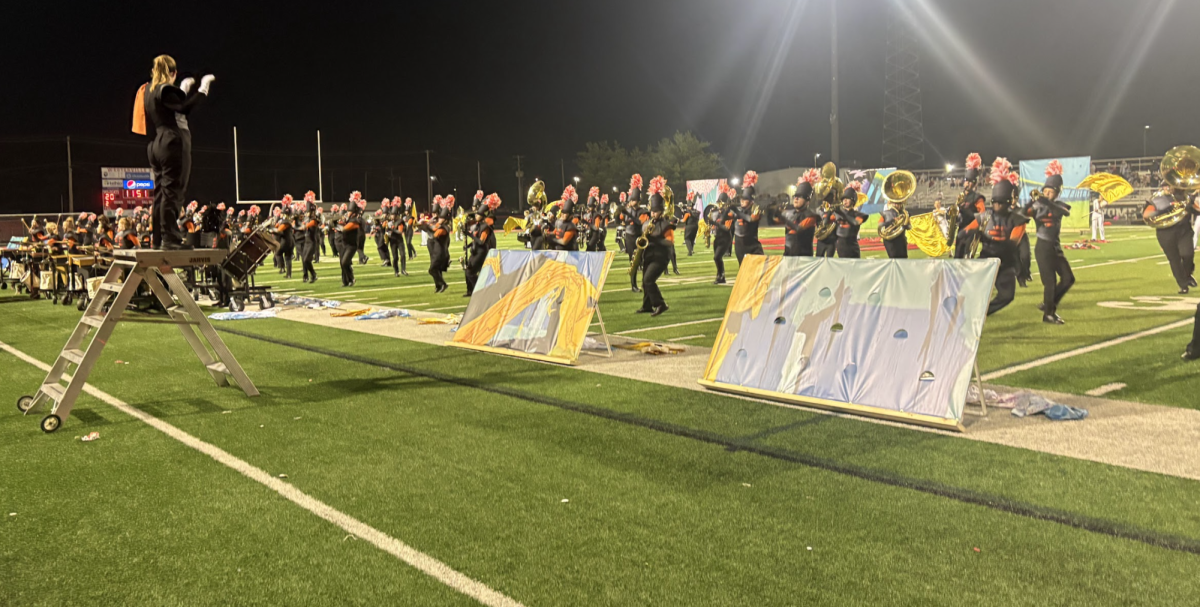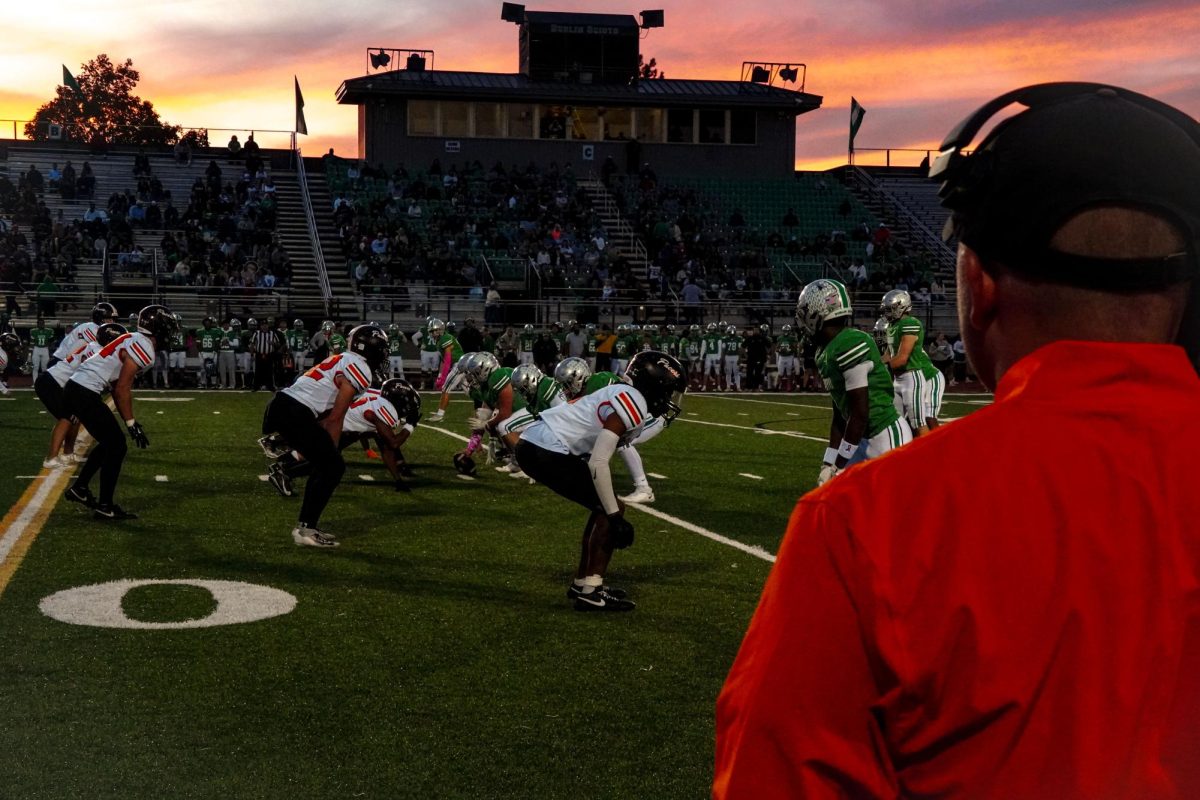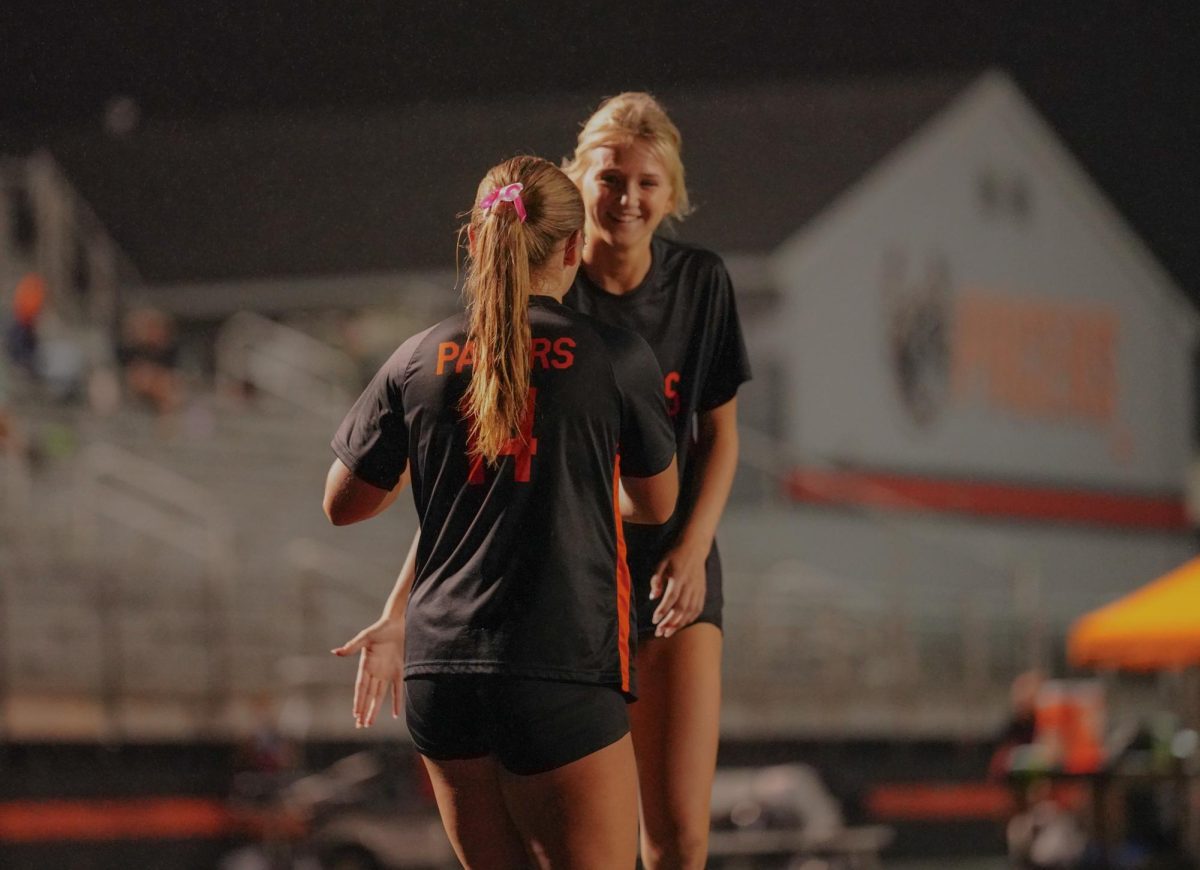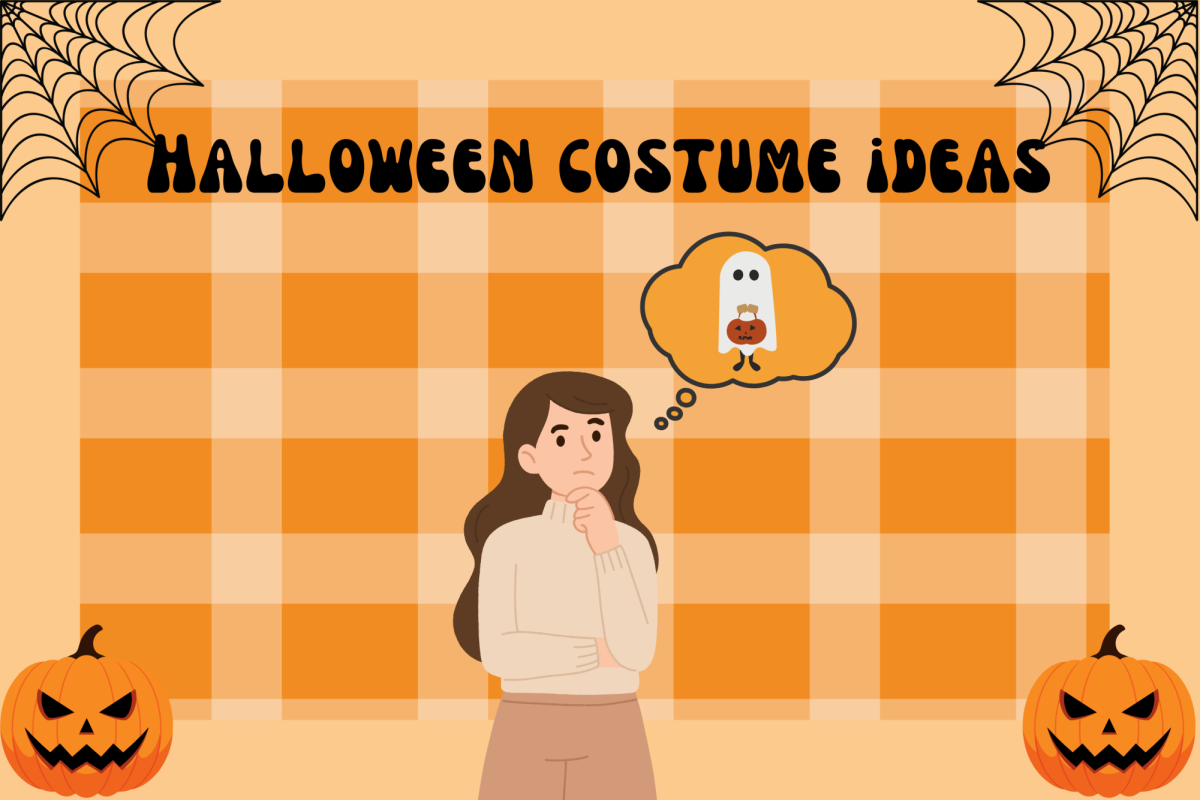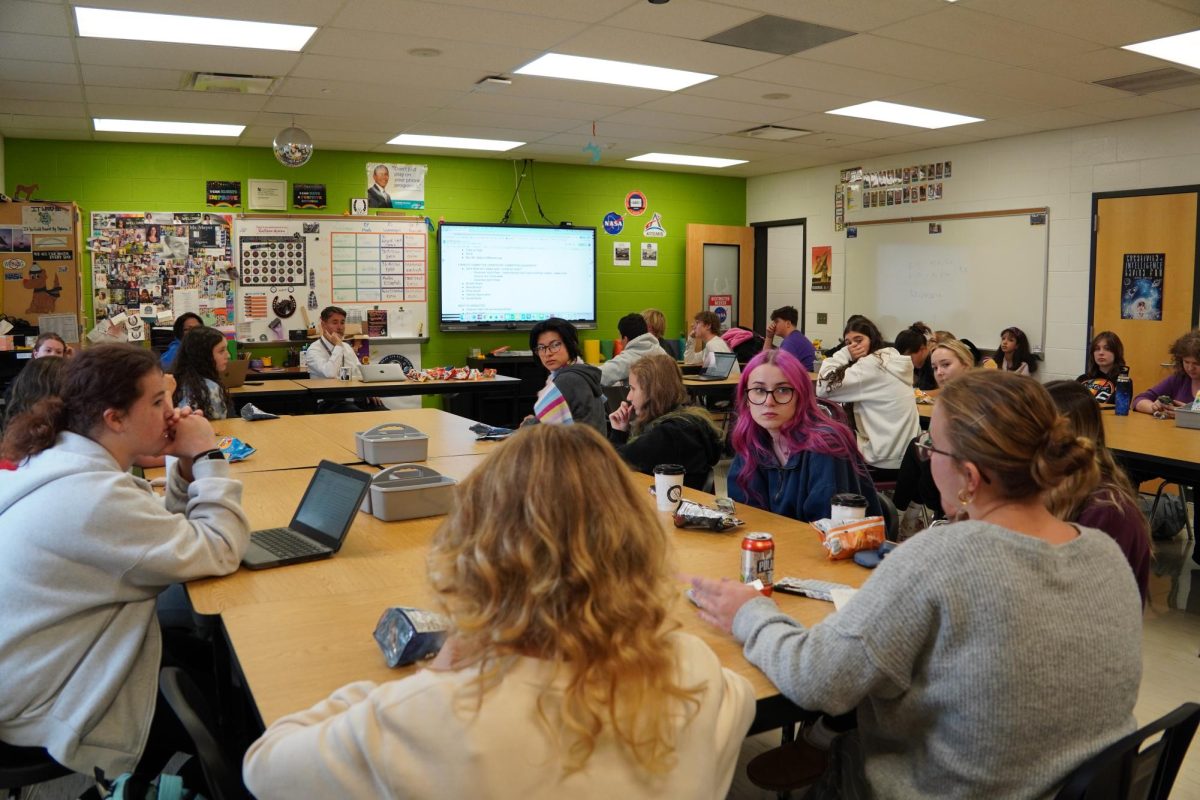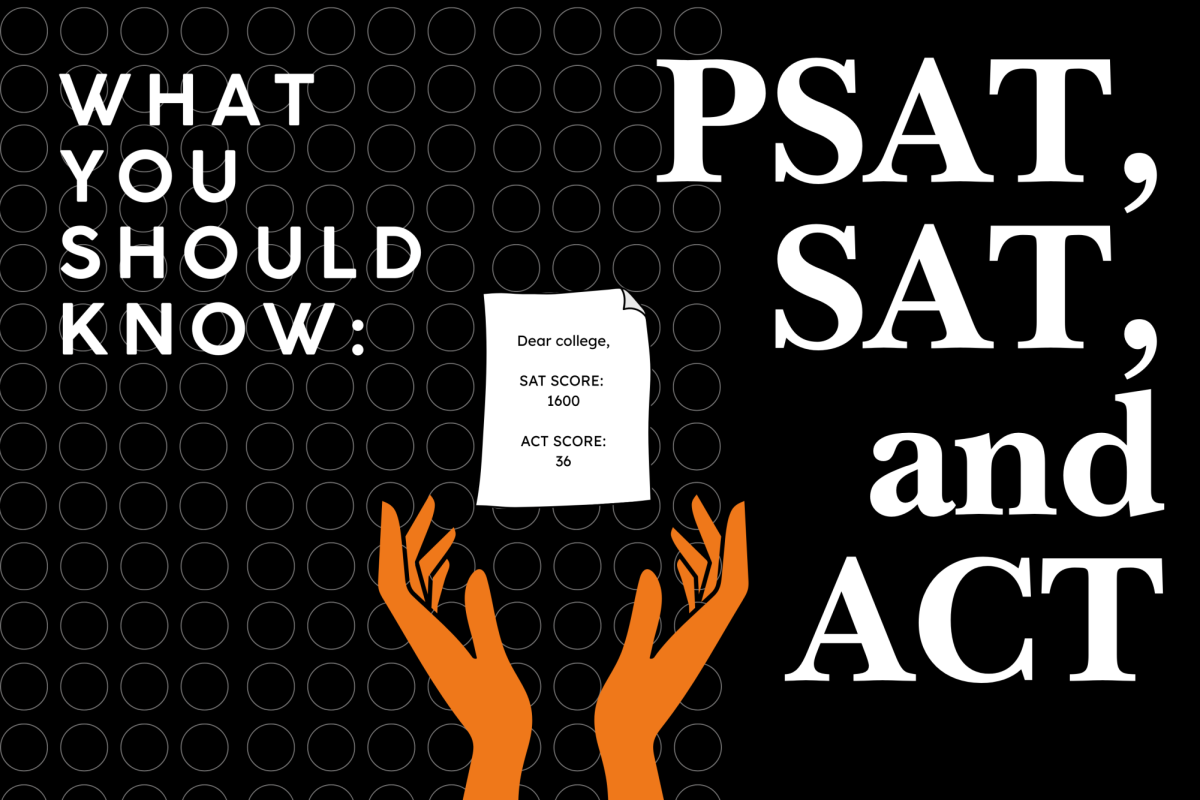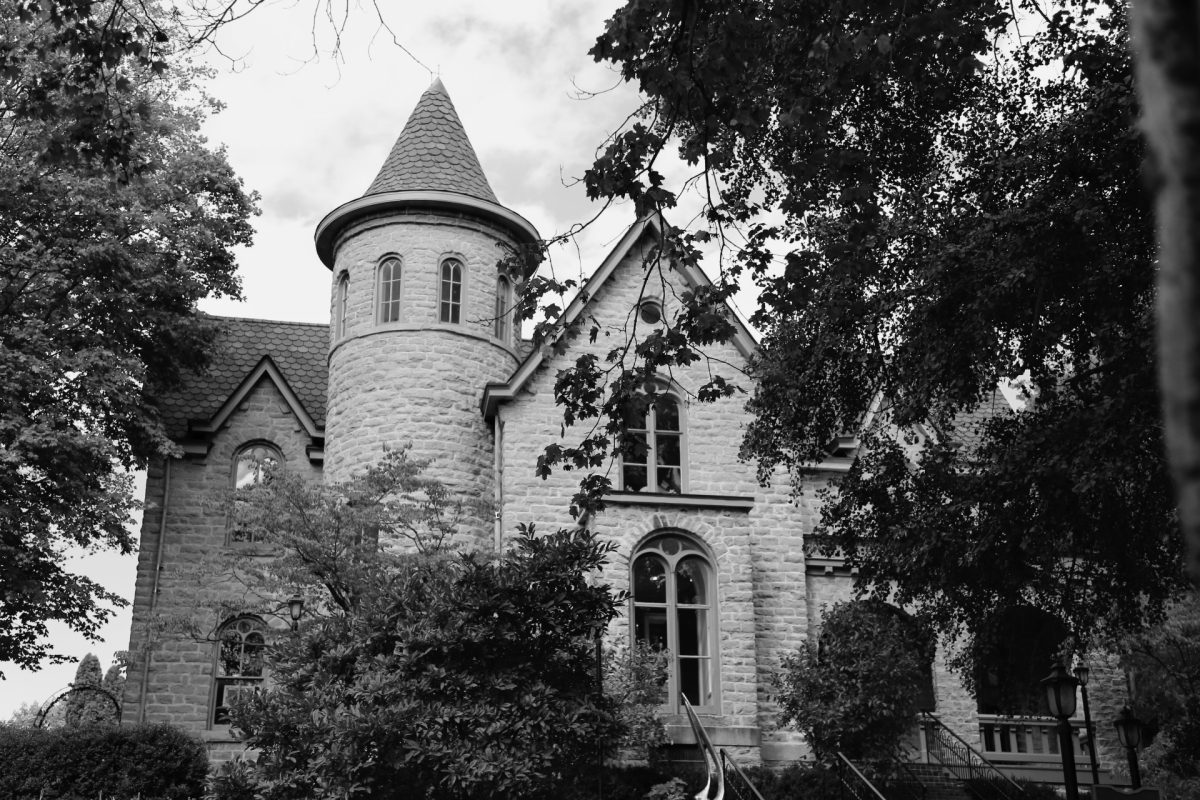It’s holiday season and there’s more than just Christmas
December 13, 2019
Many holidays during the holiday season go unnoticed and under appreciated behind more commonly celebrated holidays, like Christmas.
90% of Americans say they celebrate Christmas, but what about the other 10%?
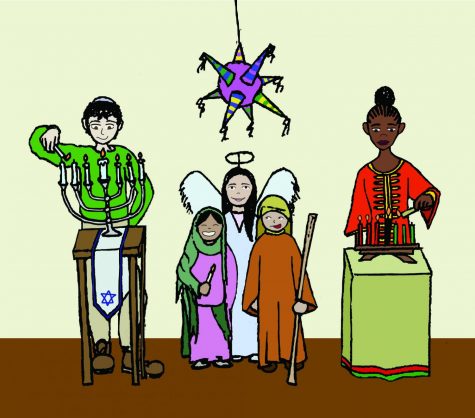
Kwanzaa:
Two percent of Americans celebrate Kwanzaa. Unlike many other holidays, this holiday does not root from a religion. This holiday is celebrated by many African Americans to reflect back on their cultural heritage and traditional values.
The word Kwanzaa sprouts from the phrase “Matunda ya Kwanza” meaning “first fruit”. This refers to the first fruits of the harvest.
Kwanzaa is celebrated for seven days from Dec. 26 through Jan. 1. For each one of those days, a child must light one candle on the kinara (candle holder).
During each of the 7 days, they review one of the “Nguzo saba”, also known as the “seven principles”. These principles are unity, self-determination, responsibility, cooperative economics, purpose, creativity, and faith.
On the last day of the holiday, gifts are given to children. These gifts usually have an educational purpose or remind them of their African heritage.
Traditional meals eaten during Kwanzaa are Cajun Catfish, Jerk chicken (jerk is derived from a spanish word for jerky), groundnut stew (originated from the Mandinka and Bambara people of Mali), and collard greens.
A popular tradition is to tell stories, sing songs, and play African drums for entertainment.
Hanukkah:
A well known holiday celebrated by the Jewish community is Hanukkah, which is celebrated by 3% of Americans.
Hanukkah roots from second century BCE when the Jews drove the Seleucids (Syrian Greeks) from their land and reclaimed the holy temple to convert it back to the worship of god because of their attempted conversion of Jews to Greek beliefs.
When the Jews made it to the temple, they only had a day’s worth of olive oil to light the Menorah. They used the Olive Oil sparingly so it lasted them eight days, thus, the 8 day celebration of the holiday and 8 candles on the Menorah.
During the celebration of the Holiday, the jewish community eats a variety of fried foods including Sufganiyah (a sort of donut), potato pancakes, and Lokma (deep fried dough soaked in sugar syrup). These fried foods symbolize the olive oil used to light the Menorah after the Seleucids were removed from their land.
Similarly to Christmas, children get presents during Hanukkah. Many give gifts like toys for christmas, but the tradition is to give gelt or money to children.
Hanukkah is from December 22nd to the 30th this year for those who wish to celebrate it.
Las Posadas:
Las Posadas is mainly celebrated in Mexico, as it is a Mexican Christmas tradition, so there isn’t an exact percentage of people who celebrate it in the United states.
Some say it is celebrated over 9 days to represent the 9 months that Jesus was in Mary’s womb or, to others, it represents the 9 day journey to Bethlehem. The holiday was created to honor the Christian bible story of Mary and Joseph’s journey to Bethlaham and their search for a place to stay. The word “posadas” is the spanish word for “inn” or “shelter”.
To celebrate, first they hold a procession in which they hold candles, reenact the adventure, and sing a special song called “La Cancíon Para Pedir Posada” when they reach the door of a specific house. They also sing Mexican Christmas carols along the way.
Those outside the house sing Joseph’s role asking for shelter and the person on the inside sings the role of the innkeeper explaining that there is no room. They repeat this until the innkeeper finally agrees to let them inside and they all file into the person’s home.
After they get inside, a party or small get-together is held which begins with a small religious service and prayer. After this, the hosts distribute food to the guests.
Foods traditionally eaten during this holiday are tamales, buenlos (fried cookies), and a piñata filled to the brim with candies, sugar cane, fruit, and peanuts.
They repeat this for each of the 9 nights going to a different house every night. On each of the nights, a different quality will be discussed. humility, strength, detachment, charity, trust, justice, purity, joy, and generosity.
Chinese New Year:
It is unclear when Chinese New Year first originated, but it is said to have originated after the shang dynasty.
The holiday is said to have rooted from the fight against a mythical beast called a “Year” which looks like an ox with the head of a lion and inhabited the sea.
People who celebrate decorate their houses with red decorations. Red is thought of to be a color signifying success. Chinese lanterns hang in the streets, couplets are hung on doors, and the cities are decorated with pictures depicting prosperity.
Chinese New Year is also thought of as a time to spend time with family. A feast is held with members of their family where they eat fish, Yi Main (a type of noodles), Mochi, dumplings, and spring rolls. This is believed to be the most important meal of the year.
Another tradition is to set off fireworks and firecrackers. Billions of fireworks go off at 12 A.M.
This year, Chinese new year will take place on Jan. 25.
Winter Solstice Day:
Winter Solstice, also referred to as Yule, is a celebration of light and the rebirth of the sun and is celebrated by many different cultures.
Yule is celebrated with feasts and rituals. People eat lamb, rice pudding, mashed potatoes, and drink wine. For dessert, they put candles on a cake or pie with an image of the sun on it and make a wish for the next calendar year.
There are many different focuses of Yule. One is to strengthen family bonding. Families expand upon their existing family traditions, involve themselves in their community, and connect with ancestors and cultures.
Some families decide to make Yule wreaths. They start by buying a wreath or making a wreath from evergreens collected by family members. After the completion of the wreath, they gather around it and consider it as a symbol of nature.
Another tradition is to burn a yule log. The family finds a dry piece of oak and decorate it with burnable ribbons and dried holly leaves.
Before the log is burned, a parent describes the tradition of the Yule log. All the lights are turned off as much as possible and the family stands together in the darkness while they contemplate the last year.
Then, the Yule log is lit and they continue to throw pieces of holly into the blaze. The family then uses the remaining bits of the log to start the fire next year.
Dia De Los Tres Reyes:
Dia De Los Tres Reyes is a holiday celebrated by families in spanish speaking countries or of Spanish origin. The holiday celebrates the three wise men that traveled a very far distance to bring gifts to baby Jesus.
Instead of receiving gifts from Santa Claus, children get presents from the three wise men. Before bed, the children place their shoes by the door with a wishlist on top. When they wake up, there are presents and candies in their shoes put there by the wise men.
Children are dressed in costumes and clothing native to their countries to represent them.
Families bake a traditional bread called Rasca de Reyes. The bread is in the shape of a crown to symbolize a crown. Inside, a small baby is hidden to symbolize baby Jesus hiding from king Herod’s troops. Whoever gets the piece with the baby in it must host a party to symbolize when he was taken to be blessed.
Beside the Rasca de Reyes, traditional foods eaten are corn tamales, Pazole (a type of stew), Bunuelos (mexican fritters), and Champurrado (a chocolatey mexican beverage).





